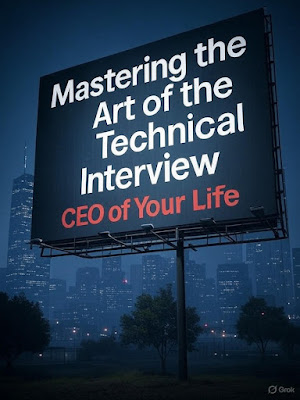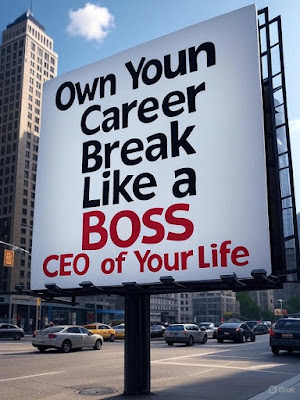Take Control: Build Your Own Income Basket Before Corporate Crushes You
What if the promotion you’re killing yourself for never comes and the layoff does?
The Trap You’re Already In
You traded your life for one income stream that someone else can cut with a single email. You feel it every time the org chart shifts, every time a new CEO lands with a “restructuring plan,” every time your boss takes credit for your 80-hour week. That quiet rage in your gut? That’s your survival instinct screaming that you’re one decision away from zero. I’ve watched friends with 20-year careers get escorted out with a cardboard box while the stock price jumped 8%. That’s not security. That’s a hostage situation with better lighting.
How You Know You’re Screwed
You spot the gaps fast when you’re honest. Your savings cover maybe six months if you panic and slash everything fun. Your network is 90% people inside the same company or industry that could implode tomorrow. You have no asset that prints money while you sleep. You still flinch when you think about asking for the raise you earned two years ago. If three of those hit, you’re not climbing the ladder. You’re hanging from it.
How to Rip the Power Back in 90 Days
Stop waiting for permission. Build a second basket now, on the side, in the margins of your corporate grind. Here’s the dead-simple map that works every time I hand it to an exec who’s had enough:
- Pick the one skill the company already pays you $200k+ to use
- Package it into a repeatable offer that solves the exact pain you fix daily for your boss
- Sell it to five people at 20% of your day-job rate to prove it works
- Raise the price, automate delivery, and fire the clients who suck until the basket pays your mortgage
That’s it. Four moves. I’ve seen it turn senior directors into seven-figure solopreneurs in under 18 months while they still collected the corporate check. The gap between where you are and owning your future is smaller than the fear tells you.
Do it this week: carve out two hours, write the offer in plain English, send it to ten people you already know. Waiting is just volunteering to stay scared.
If you’re done betting your family’s future on some boardroom you’ll never sit in, get the exact scripts, pricing math, and 90-day execution plan in my private newsletter.












.jpg)




.jpg)


